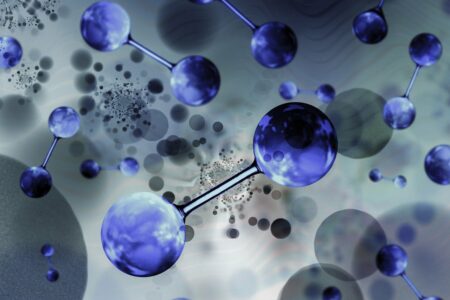The Leibniz Institute for Plasma Research and Technology intends to investigate hydrogen bound in ammonia transport.
There are several issues covered, including ammonia import refueling systems and the operation of ships using green ammonia.
As a result, the TransHyDE lead project, which includes over 80 partners from business, organizations, universities, and research institutes, aims to fully develop transportation technology. And that is technology-agnostic, allowing for a variety of development routes. In four implementation and five research initiatives, TransHyDE is developing transportation technology. Hydrogen transport in high-pressure containers, liquid and hydrogen transfer, hydrogen transport in existing and new gas pipes, and hydrogen transport bound in ammonia The TransHyDE research programs are concerned with developing a hydrogen infrastructure plan. This necessitates new hydrogen transportation technology standards, norms, and safety laws, as well as the appropriate materials, materials, and sensors.
The regional partner alliance Campfire, coordinated by INP in Greifswald, the Center for Fuel Cell Technology in Duisburg, and Inherent Solution Consult GmbH & Co KG in Rostock, is the largest implementation project in TransHyDE. It bundles research and development activities for technologies to implement the entire green ammonia transport chain. The project partners are putting up industry-relevant testing and testing grounds for the new technologies at the Poppendorf location on the Yara Rostock industrial complex. The focus is on the development of logistics structures and refueling systems for ammonia import and ship operation with green ammonia, as well as load-flexible ammonia systems for seasonal ammonia production from renewable energy and dynamic conversion technologies for stationary and mobile energy supply, as well as ammonia-to-hydrogen filling stations.








